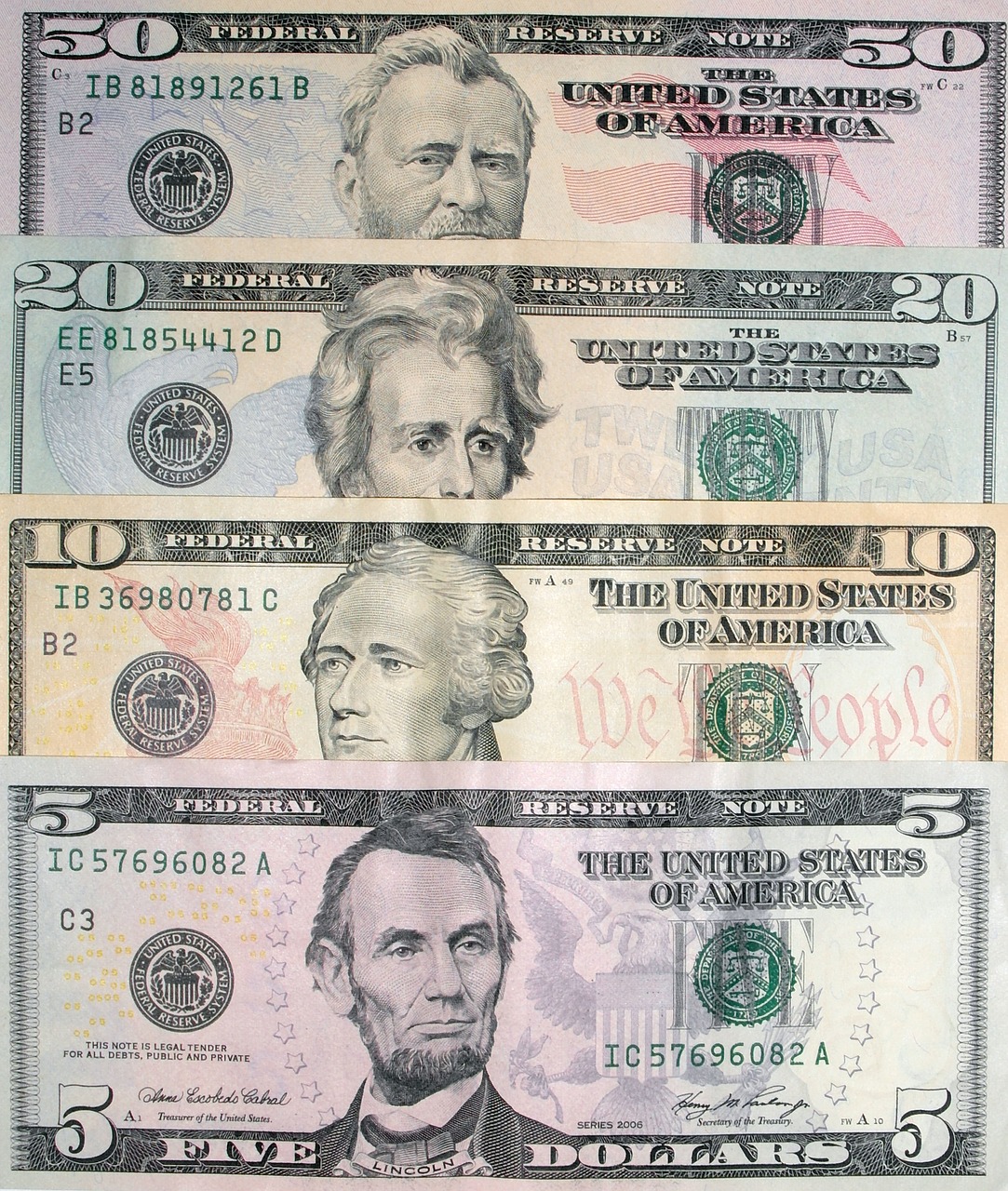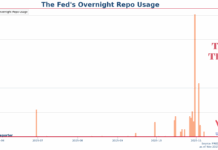Last Updated:
Hong Kong Monetary Authority, the de facto central bank of Hong Kong, announced on April 22 that it will utilize the Fed’s FIMA Repo facility to borrow USD 10 billion of cash.
- FIMA Repo Facility allows foreign central banks that have an account in New York Fed to conduct overnight repo with the Fed, in which they use their US Treasury holdings in the New York Fed as collateral to get USD cash.
HKMA will then use USD cash obtained to set up a USD Liquidity Facility for banks in Hong Kong.
- Banks in Hong Kong can use their holding of Exchange Fund Bills/Notes, which are HKMA issued short term HKD debt securities, as collateral in a seven-day repo to get the USD cash.
Does Hong Kong have USD shortage?
Given all the information, a natural question is whether the Hong Kong central bank facing USD shortage?
A simple answer is, no.
Under the FIMA Repo arrangement, foreign central banks need to hold treasuries in the New York Fed, and the amount they can borrow is the total value of their treasury holdings minus a haircut. Put it another way, these central bank participants can get USD liquidity easily. They can sell the treasuries to get USD cash, to point to the easiest example.
Hong Kong has too much USD in fact
If we look closely at the Hong Kong example, on the same day as the announcement of HKMA tapping the FIMA Repo facility, the central bank sold HKD 1.55 billion to the banking system in Hong Kong. Which means HKMA bought USD 200 million from the banks.
The central bank had to acquire USD from the market because the HKD exchange rate is too strong, rising to the trading limit of HKD 7.75 for a USD under its linked exchange rate. It has to supply more to ease the excess demand for HKD. Or that it has to take away some USD from the local banking system to reduce the excess supply of it.
In total, HKMA sold about HKD 20.7 billion to the banks in two weeks’ time, according to HKEJ’s report.
Give this backdrop, it is fair to conclude that HKMA and the banking system don’t seem to lack USD liquidity; and this shows the true value of FIMA Repo.
The true meaning of FIMA Repo
As the Fed said in the release, FIMA Repo’s primary objective is to “help support the smooth functioning of the U.S. Treasury market by providing an alternative temporary source of U.S. dollars other than sales of securities in the open market.” The point is exactly to ensure that major treasuries holders like HKMA won’t sell their holdings, if in case the local banks have a sudden rush for USD during this crisis.
From Hong Kong’s standpoint, the usage of FIMA repo is next to costless.
HKMA set the interest rate it charges Hong Kong’s banks at the same level as what the FIMA Repo requires — the Fed’s interest on excess reserve (currently as 0.1%) plus 0.25%. As a middleman, HKMA doesn’t take any interest cost (or profit); nor does it bear much default risk, as the local banks need to use Exchange Fund Bill as collateral when they engage in the repo.
In general, FIMA Repo provides foreign central banks a low-cost alternative to cashing out their treasury holdings for the short term USD liquidity needs in their local banking system.
This program especially targets the central banks that have sufficient USD assets, like HKMA, to provide a way in which they can have their cake (keep the treasuries) and eat it (still have abundant, cheap USD liquidity for their banks).
Cantonese version of the article can be found here.
EconReporter is an independent journalism project striving to provide top-notch coverage on everything related to economics and the global economy.
💡 Follow us on Bluesky and Substack for our latest updates.💡











